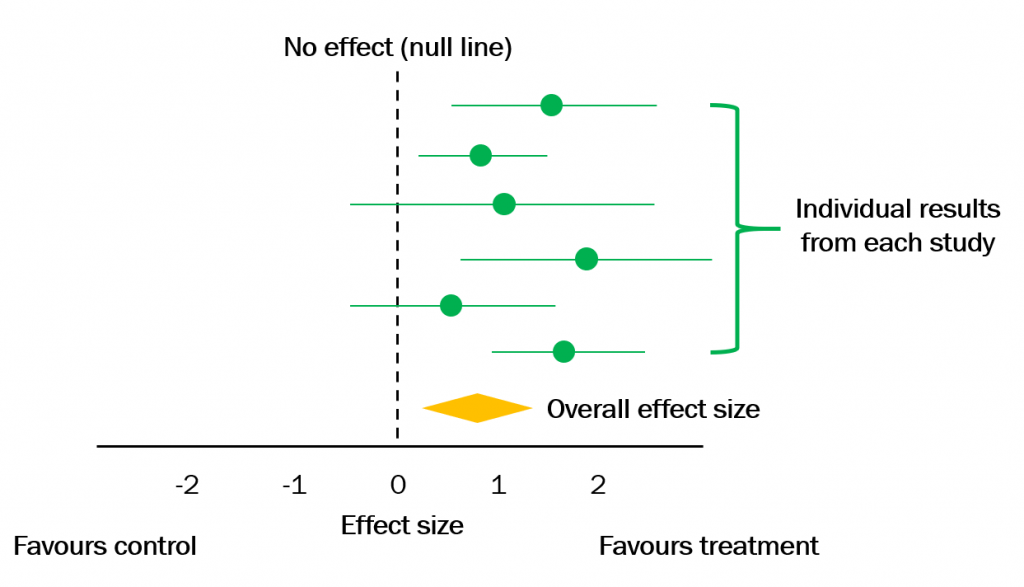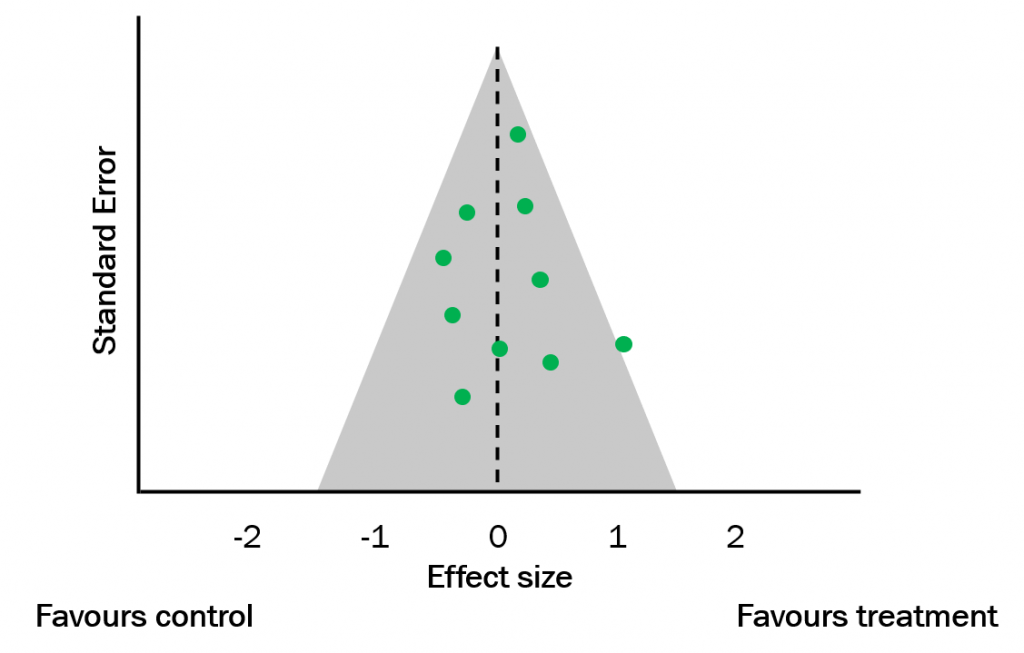I’m delighted to say our paper “The Therapeutic Potential of the Stem Cell Secretome for Spinal Cord Repair: A Systematic Review and Meta-Analysis” was published recently in OBM Neurobiology. If you’re interested in reading the full paper, you can access it here. It’s open access so isn’t behind an annoying paywall. Here’s a summary of what we did.
Background
We started by explaining that spinal cord injury has no cure leaving around 90% of the 27 million patients worldwide with long-term disabilities including loss of movement and feeling below the injury level. There are a number of major obstacles to repairing the injured spinal cord including a physical barrier caused by scarring and a fluid-filled cavity, the presence of a number of inhibitory molecules at the injury site which prevent the regrowth of nerve cells and the limited in-built capacity of adult nerve cells to spontaneously regrow.
Stem cell therapies are showing great potential for spinal cord repair and some have even been tested in early clinical trials. While it was first thought that these stem cells worked by replacing nerve cells lost after injury, this is no longer thought to be the case. Instead, we now think it’s the vast cocktail of growth factors and proteins made by the stem cells (collectively termed the secretome) which promote recovery. We noticed that there’s growing interest in developing the stem cell secretome as a therapy for brain and spinal cord repair. There’s a number of advantages to this approach which could speed up how quickly a therapy reaches patients. By administering the secretome instead of cells, this reduces the risk of immune rejection and avoids the need to give immunosuppressant drugs which organ transplant patients often have to take for the rest of their lives.
What is a systematic review and meta-analysis?
A systematic review is a really structured approach of identifying all the studies on your specific topic, summarising it and then assessing the quality of the research. A meta-analysis, which is often done afterwards, is when you bring all the results together to find out if your treatment of interest is effective. In this paper, we aimed to find if stem cell secretome therapies are effective in animal models of spinal cord injury.
What did we find?
We found a total of 26 published studies meeting our inclusion criteria. These used secretome therapies from five different types of stem cells but as expected, the most used cells were mesenchymal stem cells (19/26 studies). These are a type of adult stem cell we all have in our bone marrow and fat tissue. They are my favourites and my main research focus!
We found that overall, stem cell secretome therapies were effective in animal models of spinal cord injury, leading to increased recovery of movement and reduced lesion size. We presented our data in forest plots, also hilariously known as blobbograms. In the example shown below, the individual effect sizes from each of the studies included in the meta-analysis are plotted followed by a diamond at the bottom which shows the combined effect size. In our results, the overall effect sizes came out as positive which indicates secretome therapies were effective (favours treatment).

While this was really exciting, a well-documented problem in science is publication bias . This arises because it’s much easier to publish studies in which the results are positive (e.g. that a treatment is effective) and could make the next news headline rather than studies with negative or neutral results. I personally had an uphill battle during my PhD to get a paper with neutral findings published. My view is that this needs to change because all results are important. If we don’t publish on what doesn’t work, other labs might repeat our experiments, using up time and resources that could have been better invested in exploring something new. To investigate if there might have been publication bias in our meta-analysis, we used funnel plots, shown in the example below.

If there isn’t publication bias, you’d expect most studies to fall within the grey funnel as shown above. You’d also expect the plot to be fairly symmetrical featuring studies with both positive, neutral and negative effect sizes. However, in our meta-analysis the funnel plots were asymmetric with most studies falling on the favours treatment side suggesting there was publication bias. It’s a little disappointing but not surprising.
What did we conclude?
Risk of publication bias aside, we concluded that the stem cell secretome may have great potential as a therapy for spinal cord injury. As studies gave their treatments very soon after injury and reduced the size of the lesion, we argued that the stem cell secretome has neuroprotective effects (prevents nerve cell death). My personal opinion is the secretome improves recovery through a combination of mechanisms and more work needs to be done to better understand these.
